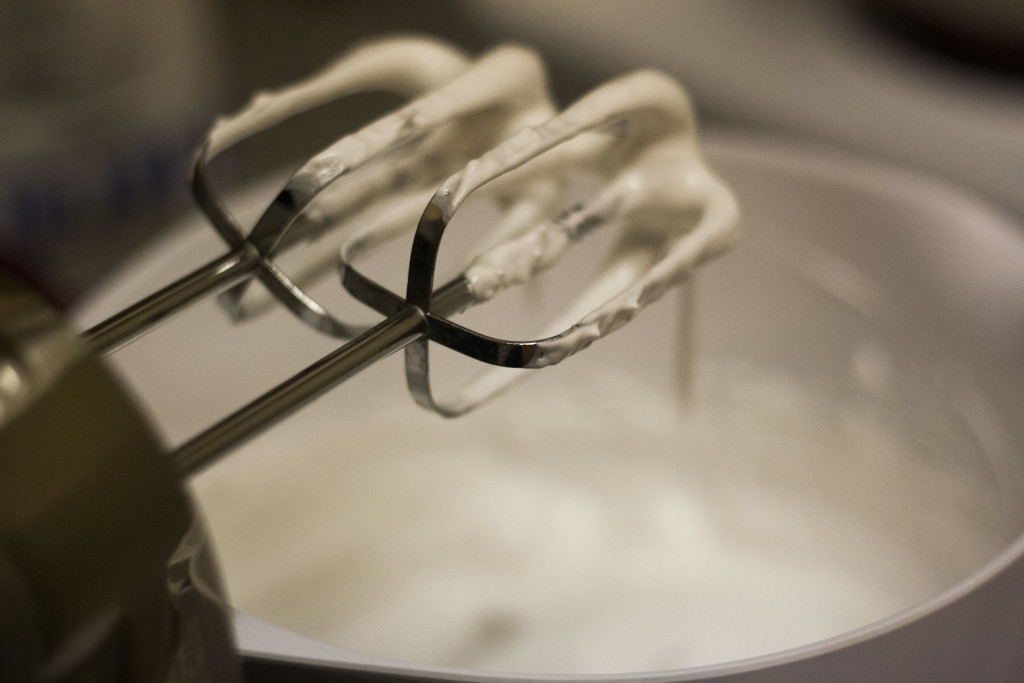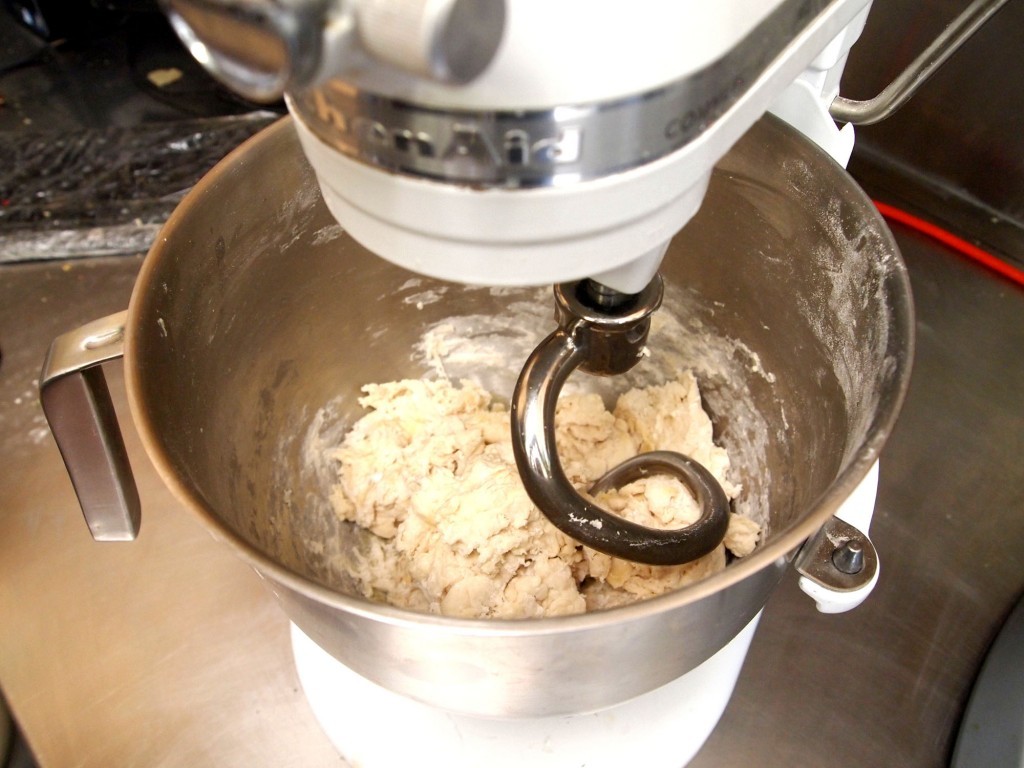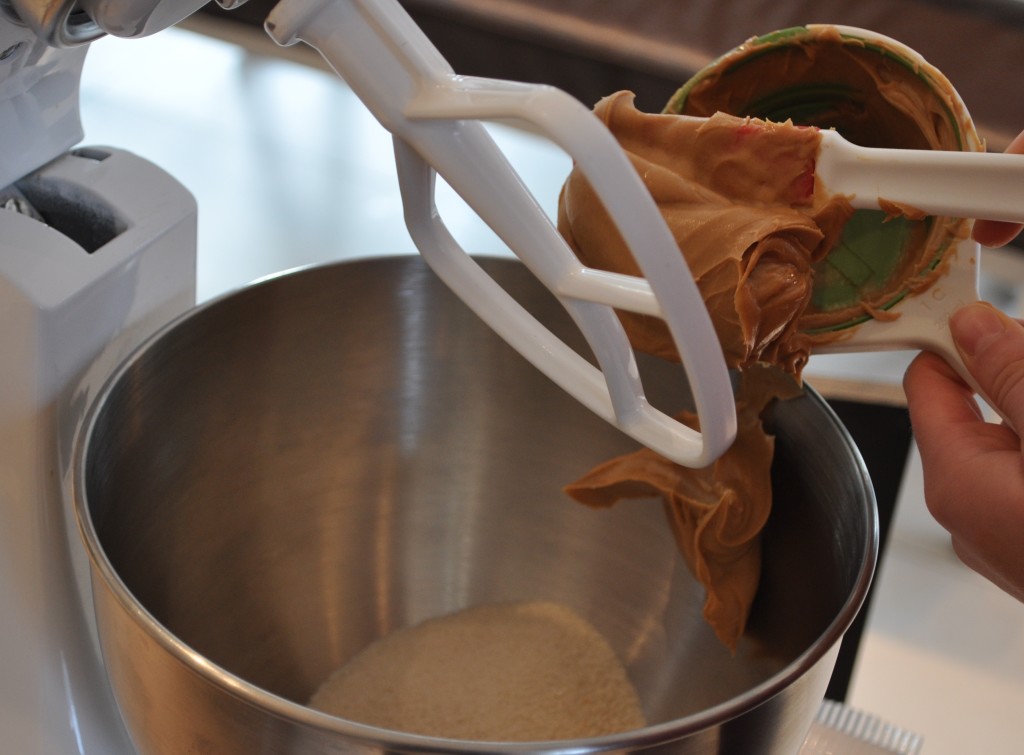I consider myself an avid baker and even I don’t really know what’s up with my stand mixer. Why use a stand mixer as opposed to your own two hands? Why use each speed? What’s the deal with the attachments? Do I need to buy accessories?
Those are the questions I just asked myself and I’m assuming (hoping) you’re asking yourself too. So since we’re both pretty clueless, let’s explore the subject together.

Gif courtesy of giphy.com
Why should I use a stand mixer?
Personally, I like to use a stand mixer because it looks pretty intense and I’m lazy. Apparently, I’m not that far off, as the most common reason for using a stand mixer is the fact that you don’t need to use your hands, allowing more time for snapchatting and admiring your baked goods, presumably.
The stand mixer also makes much less of a mess. If you’ve ever lifted a hand mixer out of a bowl of batter too quickly, you know what I’m talking about. If not, you’ll understand the simple fact that when the head is raised out of the mixture it just drips into the bowl instead of all over your counter, hands, and life.
The stand mixer allows you to bake a variety of yummy things, as well. More than just looking cool, the many different speeds let you mix anything from a delicate meringue to a freakin’ pizza. Swag.
#SpoonTip: Try an easy homemade pizza recipe here.
There’s also different attachments, each one with a different purpose, that add even more variety.

Photo by Liz Tadie
What is each speed for?
Speed 1: Stir
Always start with the mixer on stir speed and gradually increase. If a recipe says to “stir until combined,” use stir speed. If you’re adding flour and don’t want to look like you bathed in it, use stir speed.
Speed 2: Slow Mixing
Things like mashed bananas and heavy batter like cheesecake need this speed. When baking anything that involves cutting in fat like biscuits, use this. Lastly, thin batters like pancakes or crêpes should be mixed slowly so they don’t go everywhere.
Speed 4: Mixing and Beating
This speed should be used for mixing cookie dough or other batters with similar textures. This is basically the only reason I use the mixer. Also, if a recipe says to use medium speed, it means this.
Speed 6: Beating and Creaming
When you’re creaming a fat into sugar, use this speed. When a recipe says to whip a batter, use this. If a recipe says to mix well at the end, use this.
Speeds 8 and 9: Fast Beating and Whipping
Basically only use this when you’re making fluffy whipped cream or whipping egg whites. The only difference between speeds 8 and 9 is that one is faster than the other and can therefore make more of a mess. Keep that in mind.

Photo by Caitlin Wolper
What’s the purpose of each attachment?
There are so many different attachments with an equal number of uses so I’ll just explain the three most common ones:
Dough Hook

Photo by Laura Lim
This is the C-shaped one that looks like it belongs on Captain Hook’s wrist. As the name would suggest, the dough hook is for dough – specifically stiff dough that needs to be kneaded or needs air for rising, like bread, pizza dough, or baegels.
Flat Beater

Photo by Charlotte Close
The flat beater is for stirring without whipping and aerating batter. This will be used for beating cold butter, cream cheese for cheesecakes, cookie dough, or goodies of that nature.
#SpoonTip: Even though you’re using the flat beater, it’s still possible to over-mix your cookie dough. Only mix until the ingredients are just incorporated.
Wire Whip or Balloon Whisk

Photo by MacKenzie Chee
As opposed to the flat beater, the whip is actually supposed to aerate your batter. Best used for cake batter, meringue, frosting, and whipped cream, the whip is used to make things fluffier. But never ever use the whisk on cookie dough.
Do I really need to accessorize a kitchen appliance?
Short answer: No.
Longer answer: You can if you wanna. Like a good outfit, accessories simply elevate the situation (to a point – but that’s a different article on entirely). The extra attachments like the spiralizer, pasta press, ice cream maker and the pasta drying rack, are obviously cool but you definitely do not need them… unless you’re making homemade pasta, in which case, I will be inviting myself over for dinner.

Gif courtesy of giphy.com


